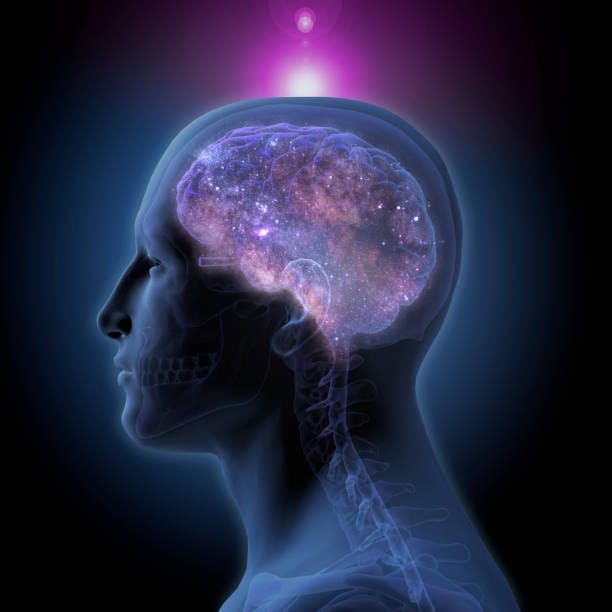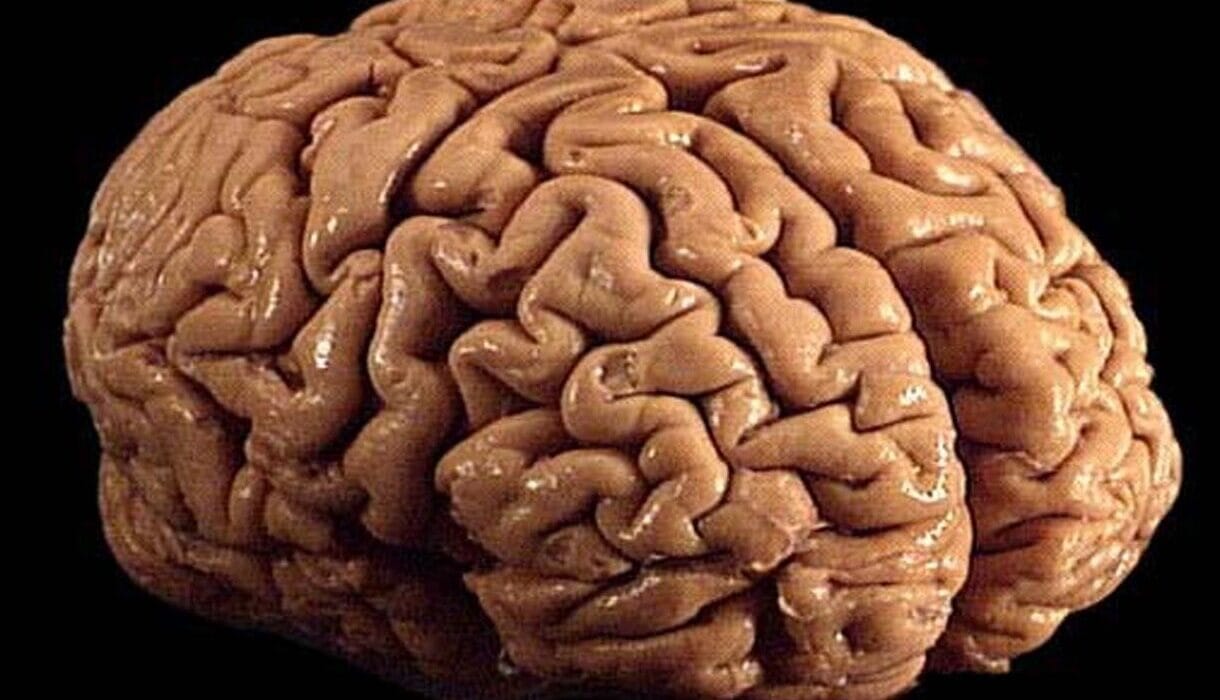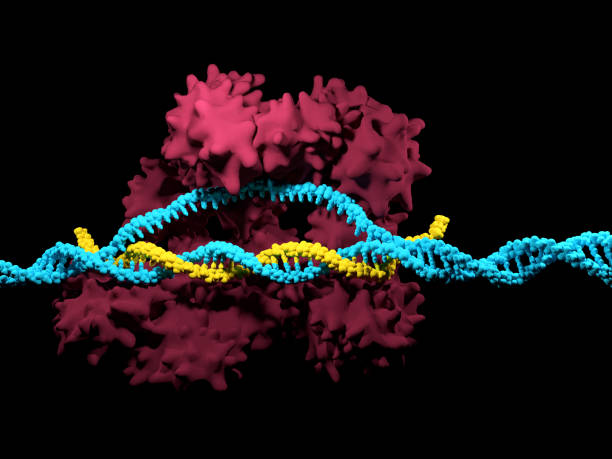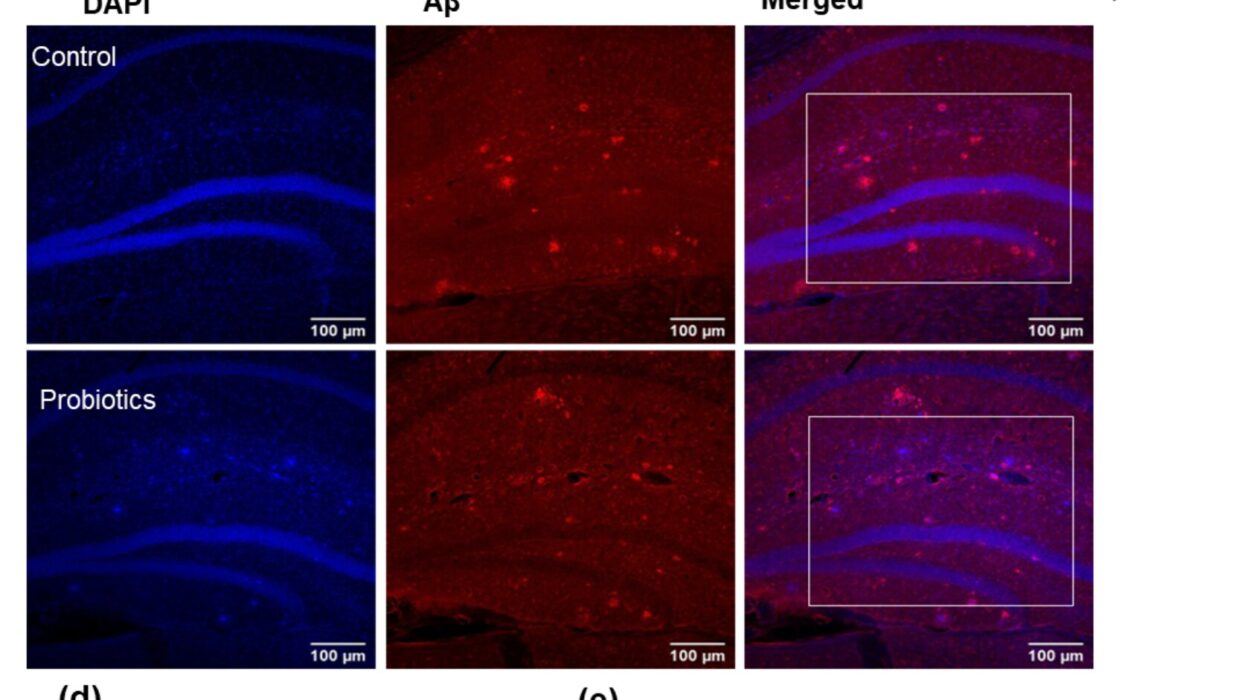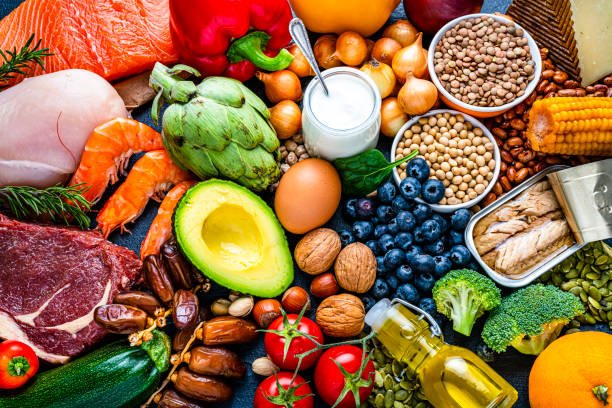Somewhere in the folds of your brain, deep in a network older than human civilization, lives a chemical that quietly guides your every move. It doesn’t shout its instructions. It whispers. It nudges. It tempts. This chemical doesn’t just make you feel good — it makes you want. It fuels the thrill of chasing a dream, the urge to check your phone, the satisfaction of finishing a task, and the dangerous pull of addictive habits.
Its name is dopamine.
For decades, dopamine was misunderstood. It was cast as the brain’s “pleasure molecule,” the source of happiness, joy, and reward. But modern neuroscience paints a far more fascinating — and unsettling — picture. Dopamine is less about pleasure itself and more about anticipation, craving, and drive. It’s not just the reason you enjoy a slice of chocolate cake — it’s the reason you want the cake in the first place, and the reason one bite makes you want another.
The Spark of Desire
To understand dopamine, you have to step back and imagine life from the perspective of the brain itself. The brain’s job is survival. It must keep the body alive long enough to reproduce, and to do that, it needs to encourage behaviors that serve survival — finding food, seeking shelter, forming social bonds, and avoiding danger.
Dopamine’s ancient role was to make those behaviors feel worth pursuing. When early humans saw ripe fruit hanging from a tree or heard the sound of a nearby stream, dopamine surged, priming them to act. The promise of reward — not the reward itself — pushed them forward. The same system exists today, though the rewards we chase have expanded far beyond berries and water.
The most important truth about dopamine is that it’s tied to wanting, not having. This distinction changes everything about how we understand motivation.
The Brain’s Reward Pathway
Dopamine operates through a network of structures collectively known as the brain’s reward system. The core players in this circuit include the ventral tegmental area (VTA), the nucleus accumbens, and the prefrontal cortex. Together, they form a pathway that links primitive drives to higher thinking.
When you encounter something that your brain predicts will be beneficial — whether that’s food, social approval, or the possibility of a raise at work — neurons in the VTA release dopamine. This chemical signal travels to the nucleus accumbens, lighting up your brain’s motivational engine. The prefrontal cortex, the center of decision-making, then plans how to get that reward.
It’s a beautifully efficient system. Without it, you wouldn’t bother getting out of bed in the morning. With it, you might stay up until 2 a.m. chasing a goal that matters to you — or scrolling endlessly through videos that don’t.
Dopamine and the Thrill of Anticipation
You might think dopamine is highest when you get what you want. Strangely, that’s not the case. Dopamine spikes not when you receive a reward, but when you anticipate it. If you always get a piece of chocolate after dinner, your dopamine will rise the moment you smell it or see it — sometimes even higher than when you take the first bite.
This means that the chase is often more thrilling than the catch. Gamblers experience dopamine surges as they wait for the roulette wheel to stop. Athletes feel it before the starting gun fires. Students feel it as they open an exam result page. The moment of “not yet” is when dopamine sings the loudest.
This quirk explains why people often feel a strange letdown after achieving a long-sought goal. The victory moment passes quickly. The dopamine surge fades. The brain immediately starts scanning for the next thing to want.
The Double-Edged Sword of Dopamine
Dopamine’s power to motivate is why humans can accomplish extraordinary things — writing symphonies, building spacecraft, or running ultramarathons. But the same system can be hijacked.
Drugs like cocaine and methamphetamine flood the brain with dopamine, producing an artificial high far greater than natural rewards can achieve. Social media platforms, fast food companies, and video game designers have learned to exploit the same pathway. They craft experiences that deliver unpredictable bursts of dopamine — likes, notifications, bonus points — keeping us hooked in the same way slot machines do.
This is where the darker side of dopamine reveals itself: the same drive that pushes us toward growth can trap us in cycles of compulsion.
Dopamine and Addiction
Addiction, in many ways, is a story of dopamine gone rogue. In a healthy system, dopamine spikes when we pursue beneficial rewards, then returns to baseline. In addiction, the spikes become unnaturally high and frequent, and the brain begins to rewire itself around the pursuit of the addictive substance or behavior.
Over time, the brain’s natural dopamine production can diminish. Ordinary pleasures feel dull. The addicted brain becomes laser-focused on the next hit, whether that’s a drink, a drug, a gambling win, or even a social media notification. It’s not about the pleasure anymore — it’s about the need.
Neuroscientists call this “reward prediction error.” The brain becomes so conditioned to expect the artificial reward that it overestimates its value, ignoring healthier, more sustainable sources of motivation.
Dopamine’s Role in Everyday Life
Of course, dopamine isn’t just about addiction or extreme cases. Every day, your dopamine system shapes your choices in subtle ways. It’s why you feel energized when you start a new project, why ticking an item off your to-do list is satisfying, and why novelty — a new city, a new hobby, a new romance — is so invigorating.
It’s also why habits are so hard to break. Each time you repeat a behavior that delivers a dopamine reward, you strengthen the neural pathway that connects the cue to the action. The next time the cue appears — the sight of a coffee shop, the sound of a notification chime — the dopamine surge begins before you’ve even acted.
Dopamine and the Pursuit of Purpose
One of the most striking findings in modern neuroscience is that dopamine isn’t just about short-term pleasures. It can be harnessed for long-term goals — but it requires conscious effort.
When you link dopamine to meaningful pursuits rather than instant gratification, you create a feedback loop that sustains motivation over time. This is why athletes train for years for a single competition, why scientists work decades on a theory, and why activists devote their lives to a cause.
The secret lies in reframing the chase. When you learn to enjoy the process itself — the daily practice, the small wins — your brain releases dopamine along the way, not just at the finish line.
The Dance Between Dopamine and Other Neurochemicals
Dopamine doesn’t work alone. It’s part of a complex chemical symphony that includes serotonin, oxytocin, and endorphins. While dopamine fuels desire and drive, serotonin stabilizes mood, oxytocin fosters connection, and endorphins relieve pain and create euphoria.
The balance matters. Too much dopamine without enough serotonin can lead to restless, anxious striving. Too little dopamine, and life feels flat and unmotivating. This is why certain mental health conditions, such as depression and Parkinson’s disease, involve disruptions in dopamine signaling.
Dopamine in the Future of Human Behavior
As we learn more about dopamine, we’re beginning to see its influence everywhere — in consumer behavior, workplace productivity, education, and even politics. Understanding dopamine gives us the power to design environments that encourage healthy motivation rather than compulsive distraction.
But it also raises ethical questions. If dopamine drives human behavior so strongly, how do we protect ourselves from systems designed to exploit it? How do we teach the next generation to use their brain’s reward circuitry wisely?
Living Wisely With Dopamine
Dopamine is neither good nor bad. It is a tool — the brain’s way of steering us toward action. The challenge of modern life is that our environment offers more dopamine triggers than ever before, many of them engineered for maximum pull but minimal benefit.
The key is awareness. When you understand that the thrill you feel comes not from the reward itself but from the anticipation, you can pause. You can ask whether the thing you’re chasing truly matters to you — or whether you’ve been hooked by a clever manipulation of your brain’s ancient wiring.
Dopamine built civilization. It inspired the great migrations, the great inventions, the great works of art. But it also fuels our distractions, our compulsions, and our self-destructive habits. The science of dopamine is, in many ways, the science of being human.
In the end, the question is not how to silence dopamine — that would be to silence life itself — but how to guide it. To aim it toward pursuits that nourish rather than deplete. To find joy not just in getting, but in becoming. And to remember that the brain’s greatest pleasure is not in having arrived, but in still being on the way.
